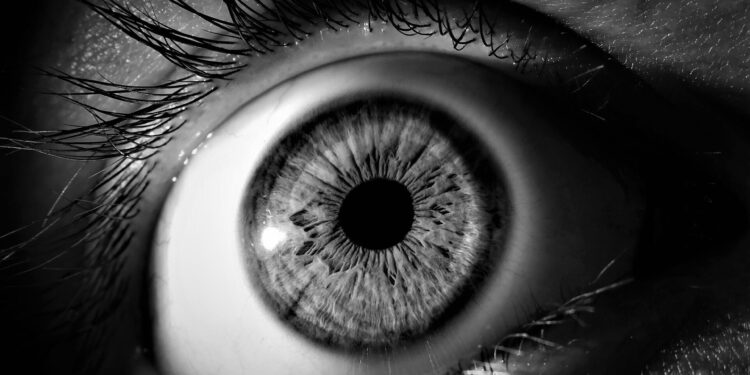Credit: Pixabay/CC0 Public domain
Human stem cell transplants successfully repaired macular holes in a monkey model, researchers report October 3 in the journal Stem Cell Reports. After transplantation, the macular holes were closed by continuous filling of the space with retinal tissue.
“We confirmed for the first time in a non-human primate model that embryonic stem-derived retinal organoid sheet transplantation facilitates the closure of macular holes,” said Michiko Mandai, lead author of the Kobe City study. Eye Hospital.
“Our results suggest that this method could become a practical, safe and effective treatment option with minimal invasive risks, especially for difficult cases of macular holes.”
Macular holes are small spaces that form in the macula, the central part of the retina of the eye. They can cause blurred or distorted central vision, making it difficult to read, drive, or see fine details.
Over the past decade, advances in surgical techniques have achieved closure rates greater than 90%, but refractory cases remain a problem. Managing recurrent macular holes after surgery is also challenging. For degenerative retinal diseases, cell therapy represents a promising strategy to restore visual function.
Although retinal transplantation has shown good anatomical success, visual improvement is limited and peripheral visual field defects are inevitable.
In the new study, Mandai and colleagues assessed whether they could overcome these obstacles by transplanting retinal organoid sheets derived from human embryonic stem cells. Transplantation of the retinal tissue resulted in graft survival and maturation as well as the development of light-detecting retinal cells called photoreceptors, including rods and cones. Additional experiments revealed improvements in eye fixation and responses to light.
However, the researchers noted some caveats, including mild transplant rejection, which they controlled using steroid injections. “The slight rejection could have limited the functional integration of the grafted tissue,” says Mandai.
“Additionally, this was a single result for one eye, and the model did not exactly replicate the pathology of human refractory macular holes. However, the results suggest that the surgical technique is feasible for human macular holes.”
The authors say further studies will be needed to validate the benefit of stem cell-derived retina, including the protective effect on host retinal cells.
Further research is also needed to understand how the cellular composition of the graft influences visual function. For their part, the researchers plan to examine whether some form of synaptic communication can be established between the host and the graft over a longer observation period.
More information:
Transplantation of retinal sheet derived from human pluripotent stem cells in a primate model of macular hole, Stem Cell Reports (2024). DOI: 10.1016/j.stemcr.2024.09.002. www.cell.com/stem-cell-reports… 2213-6711(24)00264-9
Quote: Stem cell transplants repair macular holes in primate study (October 3, 2024) retrieved October 3, 2024 from
This document is subject to copyright. Except for fair use for private study or research purposes, no part may be reproduced without written permission. The content is provided for informational purposes only.



